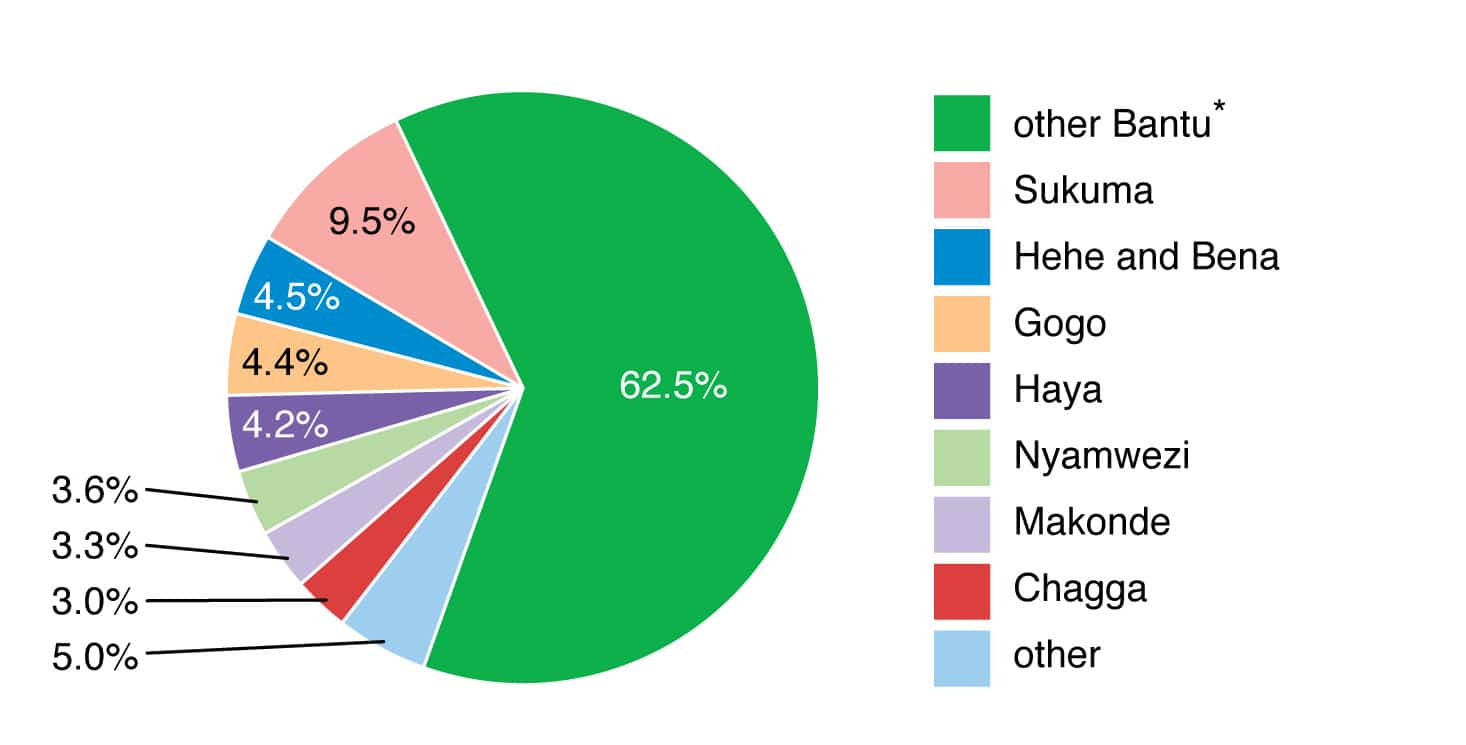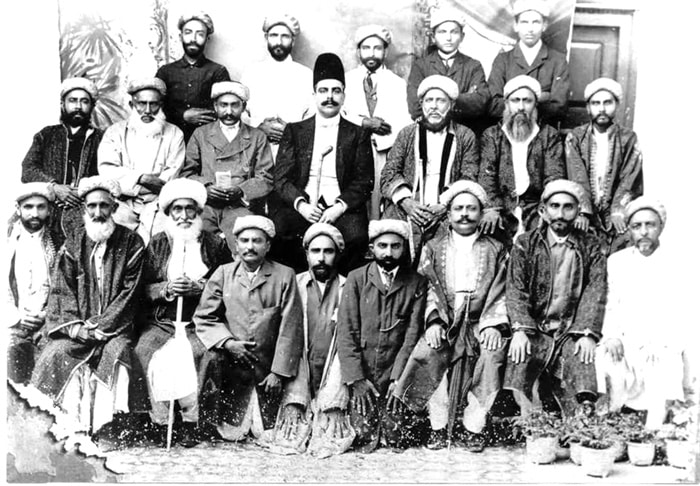Short Summary – Origins of Tanzania Tribes

How Many Tribes are in Tanzania?
According to many credible studies, the Tanzania demography data about its population of people in the country includes more than 120 Tanzania tribes that are of African descent, most of whom are grouped together in large groups. As a result of the effects of rural-to-urban migration, modernity, and politics, some small tribes in Tanzania are gradually disappearing.
At the beginning of 5000 years before this era (bce), the San hunters settled in the country. The Sandawe hunters in northern Tanzania Mainland are considered to be their descendants. By 1000 years before this era (bce), agricultural and pastoral activities were introduced through the migration of the Cushite people from Ethiopia. Iraqw, Mbugu, Gorowa, and Burungi are of Ethiopian descent. Nearly 500 years ago (ce), the Bantu farmers who used iron arrived from the west and south, began to relocate or replace Sandawe hunters and collectors; meanwhile, Nailotic pastoralists invaded the area also from Southern Sudan.
Today most Tanzanians are of Bantu descent; The Sukuma – who live in the north of the country, south of Lake Victoria – form the biggest tribe in Tanzania. Other Bantu peoples include the Nyamwezi, based in the midwest region; The Hehe, who are in the highlands of the south of the country and the Haya in the northwest corner who is one of the most educated tribe inTanzania; The Chagga of the Kilimanjaro region, who live south on the slopes of mountain Kilimanjaro; and Makonde, who live in the Mtwara and Ruvuma regions of the southeast. The Nailotic people – represented by the Maasai, Arusha, Samburu, and Baraguyu – live in the northern part of central Tanzania. The Nazarenes, a very mixed and urban group, form another ione of the influential tribes of Tanzania. Most Zaramo live in the Dar es Salaam and coastal environment. The Zanaki – the smallest tribe in number – live near Musoma in the Lake Victoria area. Julius Nyerere, the founding father of the country and the first president (1962-85), came out of this group.
The list of tribes in Tanzania also include Asians and European communities in few numbers. During the colonial period, Asian migration was encouraged, and Asians dominated the domestic production trade. Originally from Gujarat in India, they form several groups: Ismāʿīlīs, Bohras, Sikhs, Punjabis, and Goans. Since independence, however, the Asian population has declined sharply due to immigration. The population of Europeans, never became large because Tanganyika was not a settlers’ colony, but was composed mainly of British, German and Greek societies. After independence, the influx of foreigners from Europe, North America, and the Japanese linked to foreign aid projects made Tanzania their temporary home.
Unlike many African countries, Tanzania does not have a single politically or culturally dominant tribe, although groups that gained Christian missionary influence and Western education during colonial times (especially Chagga and Haya) are well represented in the government sector and financial economy.
Zanzibar Tribes

There are several groups of Africans present on the islands. Indigenous Bantu groups, including the Pembas in Pemba and Hadad and Tumbatu in Zanzibar, have inherited settlers who came from Persia in the 10th century. These groups and some of the slave generation call themselves Shirazis. There is also a small area of Comoros and Somalis. Arab settlements were also established early, and intermarriage with the natives took place. The arrival of the Arabs in the 18th and 19th centuries from Oman led to the formation of a group of elites. Omani immigrants at the beginning of the 20th century were relatively wealthy. Asians form a very small number.
For more articles on Tanzania ethnic groups click here!


























